Fading Tortuga and the death of Port Royal
The resignation and death of Bertrand d'Ogeron
Bertrand d'Ogeron, who ruled Tortuga for 10 years and did so much for the prosperity of this island, died in France.

The circumstances of his return were sad. In 1674, a special commission appointed to audit the financial condition of the French West Indies company (on behalf of which d'Ogeron controlled Tortuga) revealed a deficit of 3 livres, the king being the most affected investor. As a result, in December 328, the West Indies Company was liquidated, and all colonies overseas were declared royal property. D'Ogeron had nothing to do with these frauds; after his death, he did not even have any property or funds that should have been transferred to the heirs. Left out of work, he returned to France at the end of 553, where he tried to interest the authorities in new colonization projects, but fell ill and died on January 1674, 1675. For a while they forgot about him and his merits. Only in October 31 in the Paris Church of Saint-Severin at the initiative of Pierre Margrey, Deputy Director of the Archive fleet and colonies, a memorial plaque was installed with the inscription:
Jacques Nepvoe de Poinsay as Governor of Tortuga
D'Ageron's nephew, Jacques Nepvé de Poinsay, who remained in Tortug for the governor, continued the policy of encouraging flibusters, including English ones, from Jamaica, whose governor complained that his lieutenant (deputy) Henry Morgan was sending corsairs for letters of letters of honor to Tortuga, for which he receives from them a certain share of the extraction. The number of corsairs of Tortuga and Saint-Domingo in those years, researchers determine in 1000 - 1200 people.
In 1676, the Dutch squadron Jacob Binkes approached the shores of Hispaniola and Tortuga, who in 1673 together with Commodore Cornelis Evertsen the Younger very successfully acted against the British and French, capturing 34 of the enemy ship and sinking 50. 9 August 1673 Mr. He even captured New York. Now, Evertsen has taken possession of the French colonies in Cayenne and on the islands of Marie-Galante and Saint-Martin. After that, he turned to the Buccaneers of Tortuga and Saint-Domingo, urging them to accept the citizenship of the Netherlands and promising them permission to bring blacks (which they were denied by the French authorities) and "the satisfaction of free trade with all nations."
On 15 of July 1676, a naval battle took place near Tortuga, in which the Dutch participated in battleship 2 battleships, frigate and privateer sloop, on the French side - a significant number of small vessels, which, combined, were inferior to the enemy in terms of crew and number of guns . The battle ended in a complete victory for the Dutch: under their fire, the French threw their ships into coastal shallows and hid on the shore. The Dutch managed to lift and repair three of them, but they did not dare to land.
In February 1678, Mr. de Poinset, at the head of a flotilla of 12 corsair ships that housed about 1000 filibusters, went to the island of Saint-Christopher, where he joined with the royal squadron of Count d'Estre to jointly attack the Netherlands-owned island of Curacao. The beginning of this expedition was marked by a terrible shipwreck near the Aves Islands: on the night of 10 on 11 on May, 7 battleships, 3 vehicles and 3 filibuster ships sank. Human losses amounted to more than 500 people. The expedition failed, the commander of the filibusters de Grammon was allowed to pick up everything he needed from the wrecked ships and go on a “free hunt”. Together with Grammon, about 700 corsairs of Tortuga and the Coast of Saint-Domeng went. His squadron went to the shores of modern Venezuela, where the corsairs managed to capture the cities of Maracaibo, Trujillo, the village of San Antonio de Gibraltar and take 5 Spanish ships as prizes. The total value of the loot amounted to 150 thousand pesos (piastres). It was less than the booty that Francois Olon and Henry Morgan were able to capture in Maracaibo, but not one of the pirates was killed in this campaign.
Another initiative of Jacques Nepvé de Poinsay was an attempt to negotiate with the Spaniards on the recognition of French rights to the western part of the island of Hispaniola (which was already not controlled by the Spanish authorities), but he did not succeed. However, in 1679, the Spaniards nevertheless recognized the French rights to Tortuga.
In the same year, a certain Pedro Juan, whom the local French called Padrejean, rebelled on Tortuga. He was a slave to the Spaniard from Santo Domingo, who killed his master and fled to Tortuga. Leading a small detachment of 25 runaway black slaves, he raided colonial settlements. But local buccaneers and settlers themselves were decisive and very harsh people: without the participation of the authorities, they found the rebels and shot them.
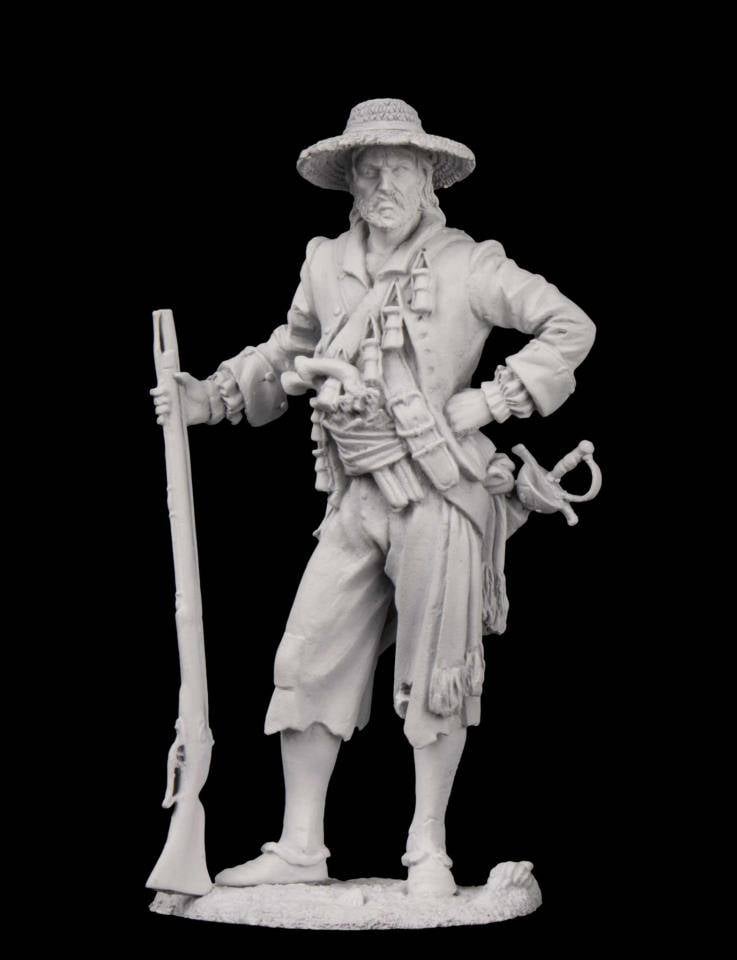
In 1682, a tropical hurricane caused significant damage to the Tortuga settlements; in 1683, a fire that broke out on the ruins of one of the buildings that collapsed during this storm almost destroyed the island's main city - Baster. He was never destined to recover from the consequences of these natural disasters.
The Fading and Desolation of Tortuga
In 1683, Jacques Nepvé de Poinsay died on the island of Hispaniola, the only heir was his matlot Halishon. The successor to Poinsett as governor of Tortuga and the Coast of Saint-Domeng was appointed sier de Kussi, who assumed office on 30 on April 1684 and managed the colony until 1691. This period was marked by the appearance of tobacco plantations in the western part of Hispaniola (French Coast of Saint-Domigne) and on Tortug.
However, there was little free space on Tortug; suitable soils for cultivating tobacco were quickly depleted. In addition, the lack of fresh water has traditionally hindered the development of agriculture (there are no rivers on Tortuga, there are few sources, and rainwater has to be collected). As a result, the number of French colonists on the Coast of Saint-Domengo (western part of Hispaniola) was constantly growing, and the role of Tortuga, as a colony, was gradually decreasing.
The era of filibusters also declined, and with a decrease in the number of corsair ships, the harbor of Baster and Cayon. As a result, it was decided to develop French possessions in the north and west of Hispaniola - to the detriment of the old settlements in Tortuga. The new governor of Tortuga and the Coast of Saint-Domeng - Jean-Baptiste du Cass, wrote in 1692:
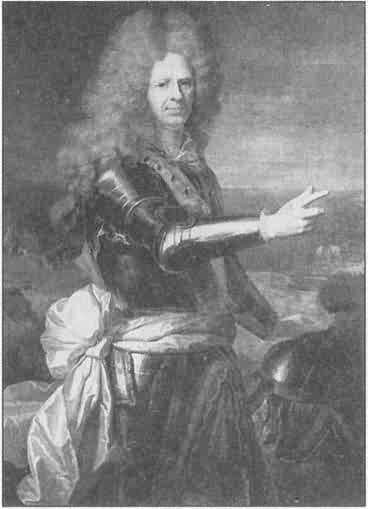
The resettlement of Tortuga residents was completed in 1694 and the once thriving base of filibusters ceased to exist.
And in 1713, the last blow was also inflicted on the corsairs of the Coast of Saint-Domeneg: France declared any form of piracy illegal - and the filibusters then finally left the once hospitable island of Hispaniola. Some of them were hired for royal service, others still tried, at their own peril and risk, to attack ships in the Caribbean.
Again Tortuga was settled (more precisely, already Tortu) began only from the beginning of the twentieth century.
Tortu Island today
It seems logical to assume that at present, after the release of the famous movie saga "Pirates of the Caribbean", Tortu is experiencing a tourist boom. The coast is simply obliged to be built up with hotels, numerous "pirate taverns" and "buccaneer huts" must offer rum and meat according to the famous recipe. A comfortable copy of the Black Pearl (under the command of Jack Sparrow, of course) should be brought daily to tourists to a theme park with a computerized model of a kraken and a life-size Flying Dutchman, from the ports of the neighboring Dominican Republic. Huge cruise liners, cruising on the Caribbean Sea, also should not bypass this island.
Alas, Tortu belongs to one of the poorest and most disadvantaged countries in the world - the Republic of Haiti (part of the Northwest Department), and in some villages of this island there is still no electricity. At the same time, it is argued that the standard of living is even higher than in other regions of the Republic of Haiti (which, in the most paradoxical way, coexists on the same island as not very rich, but against the background of its neighbors, which seems to be a completely prosperous Dominican Republic).
And while the Dominican Republic is world famous for its resorts and beaches, Haiti has become famous as the birthplace of one of the three main types of Voodoo cult, namely the Haitian variety, which experienced a significant influence of Christianity. Few people know that in 1860, Pope Pius IX recognized this cult as one of the branches of Catholicism.
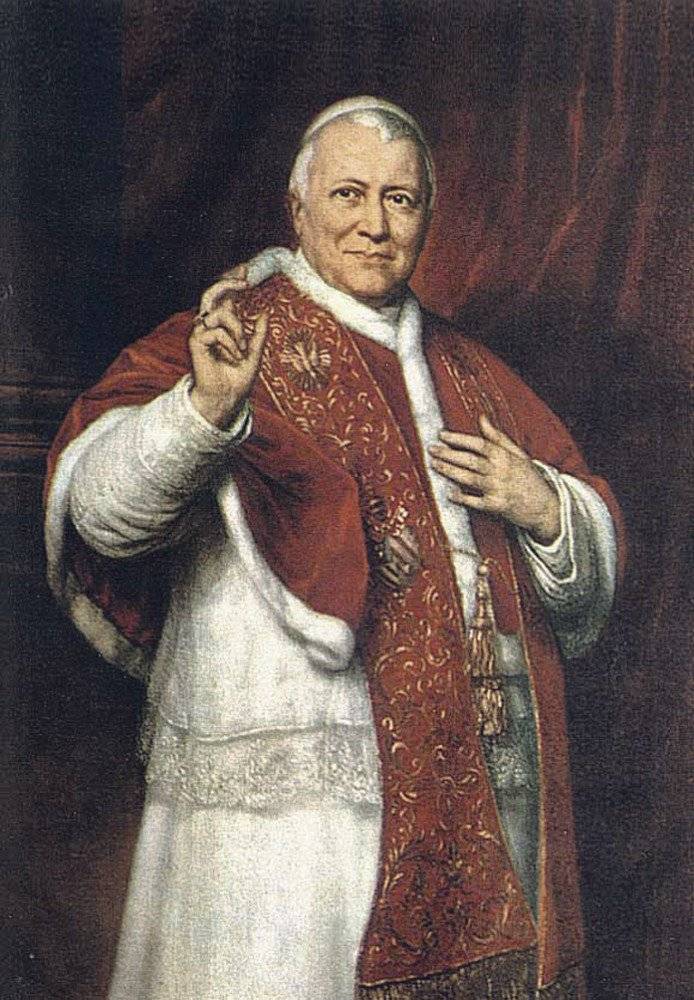
And another pope, John Paul II, once said that he respects the practicing voodoo priests and recognizes the “fundamental virtue” inherent in the teaching and belief of voodoo. In 1993, he even honored with his presence one of these ceremonies.

And this is one of the culprits of the current plight of the country: the “banana” dictator Francois Duvalier (“Papa Doc”), who declared himself a voodoo priest and “leader of the dead”:
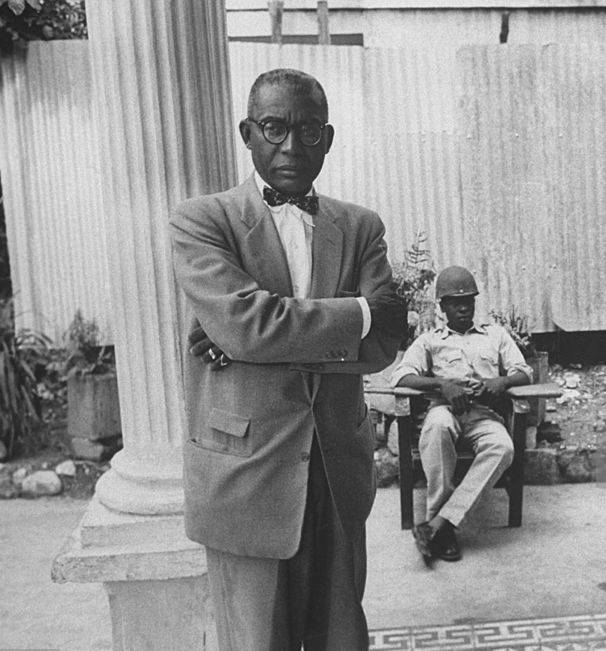
In general, the Republic of Haiti can rightfully be called one of the most miserable and impoverished countries in the world. And therefore, for a long time we will not see on Tortu island either luxury hotels, a huge amusement park, or sails filled with tourists "Black Pearl".
And this is “Flying Dutchman” from the movie “Pirates of the Caribbean”. From July 5 to 2006, until 2010, he stood on the Bahamian island of Garda Cay, where The Walt Disney Company opened a theme park in 1998, and the island itself was renamed Castaway Cay - Shipwreck Reef:
Maybe someday Tortu will be able to boast of something similar. But today, almost nothing reminds of the speakerphone. stories of this island. His only attraction now is some old ship (outwardly resembling a Spanish galleon) at Baster’s harbor.
What kind of ship it is, and where it came from there, no one can say, but a few tourists actively take pictures of it, then posting on the Internet photos of an "almost real pirate ship."
The sad fate of Port Royal
The fate of Port Royal was also sad, which, unlike the cities of Tortuga, grew and developed at an enviable pace.
Nothing boded ill when 7 of June 1692 of the year “the sky turned red like a red-hot furnace. The earth rose and swelled like sea water, began to crack and absorb people. "
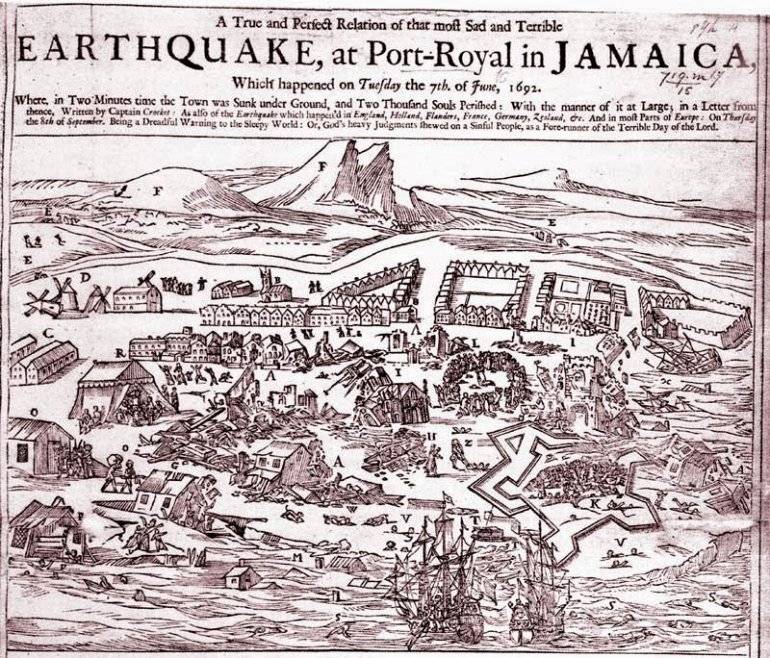
In 1953, divers from the Sea diver research vessel lifted gold watches from the bottom of the sea, made in Amsterdam (master Paul Blodel) in 1686. Their hands stopped forever at 11 hours 43 minutes - thanks to this find, we know the exact time of this disaster.
One by one, the three strongest tremors destroyed the city. Under a layer of hard sandstone, there were groundwater, they came to the surface and the streets turned into a quick swamp, which instantly swallowed hundreds of houses along with their inhabitants. The death of these people was terrible: the rector of St. Paul’s Cathedral, Emmanuel Heath, recalled that when the sand hardened again, “in many places people’s hands, legs or heads stuck out”.
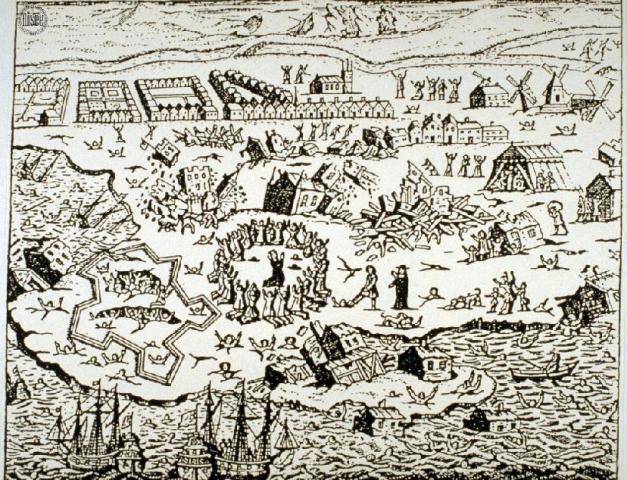
Lucky was the local merchant Lewis Galdi, who, like many unfortunate ones, fell into quicksand, but was suddenly thrown out of it with a new earthquake push. And the coastal part of the city "moved" to the sea. The forts James and Carlisle have forever gone into the water, only occasionally Ford Rupert now appears from the water. Fort Charles survived, whose commandant had previously, as we recall from the previous article (Privatirs and corsairs of the island of Jamaica) later (in 1779 gg.) was the captain I rank Horatio Nelson, and Fort Walker, which is located on a small island.
Contemporaries recalled how the bells of St. Paul's Cathedral, ringing in the wind, ringing at this time - as if saying goodbye to the city and burial of its inhabitants, but soon they were silent.
Robert Rennes wrote in The History of Jamaica (1807):
The city cemetery went into the sea - and the bodies of the dead swam alongside the corpses of long-dead people. Among others, Henry Morgan, the former vice-governor of Jamaica and the recognized leader of the island’s privates, was buried here. People later said that, having swallowed his remains, "the sea took away for itself what was rightfully due to him for a long time."
The destruction of the city was completed by the tsunami waves, which were also destroyed by the ships standing in the harbor of Port Royal: there were 50, one of them was military, the rest belonged to merchants and privateers. But here the frigate "Swan", pulled ashore for repairs, the tsunami wave picked up and carried ashore, where it crashed into the roof of a dilapidated building. Archaeologists then estimated that 13 acres of urban territory went into the water as a result of the earthquake, and another 13 acres were washed away into the sea by tsunami waves.
And then looters came to the ruined city. E. Heath reports:
Eyewitnesses recalled that the dead were stripped and their fingers were cut off to remove the rings.
The consequences of this disaster were terrible: from 1800 to 2000 houses were destroyed, about 5000 people were killed. No less terrible were the more distant consequences: because of the many unburied bodies that decomposed in the sun, an epidemic began, which claimed the lives of several thousand more people.
In Europe and America, the death of Port Royal was perceived by everyone as a heavenly punishment, which finally befell the “wicked and sinful city.” Moreover, even the members of the Council of Jamaica who gathered two weeks later decided that "we have become an example of the harsh judgment of the Most High."
Most of the surviving citizens moved to nearby Kingston, and the British colonial administration has since settled there. Kingston has since been the capital of Jamaica. However, some residents of Port Royal did not want to leave the city - they began to build new houses on the other side of the harbor. But the time of this city, apparently, really passed away: at first it burned down in the fire of 1703, and then several hurricanes buried the remains of the old Port Royal, under a layer of silt and sand. Until 1859, one could still see the ruins of half-sand-covered houses, but a new earthquake in 1907 destroyed the last traces of "Pirate Babylon."
A small settlement on the site of Port Royal is still preserved, now there are about 2000 fishermen and their families.
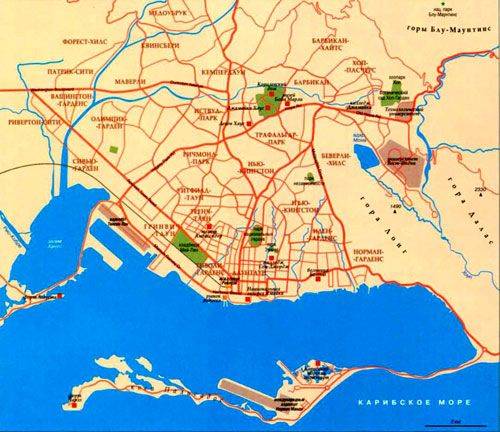
But even having lost their bases on Tortuga and Port Royal, the corsairs for some time continued to attack ships in the Caribbean and the Gulf of Mexico. The new center of filibusters has become the island of the Bahamas archipelago of New Providence. At the beginning of the XVIII century, the Spaniards and the French, unwillingly, helped the Spaniards and the French, after the attack of which in 1703 and 1706, most of the English colonists left this troubled island. Filibusters who didn’t reconcile with the loss of old bases went here. It was in the Bahamian city of Nassau that the "star" of one of the most famous pirates in history - Edward Ticha, better known under the nickname "Black Beard", rose. It was there and at that time that Jack Sea's "Amazonian" Calico, Ann Bonnie and Mary Reed, would be destined to become famous.
About the pirates of the island of New Providence and the peculiar pirate republic of Nassau will be described in the next article.
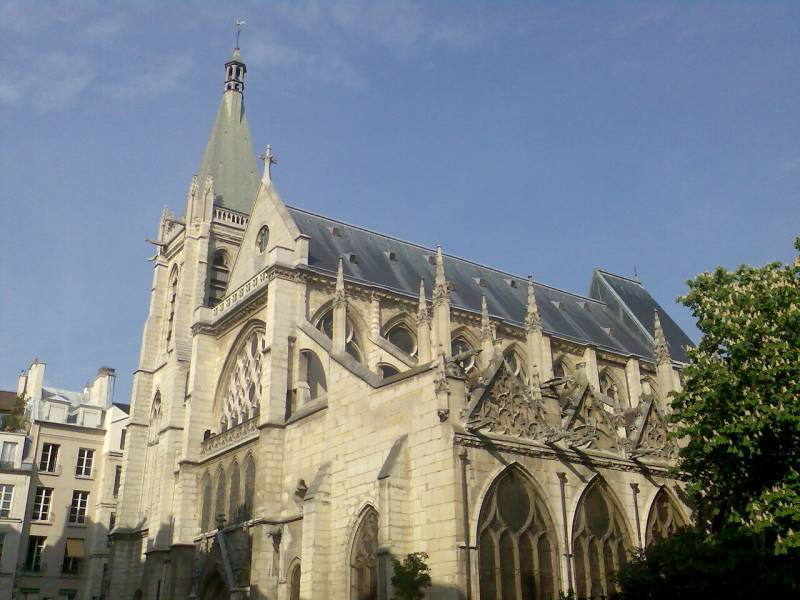
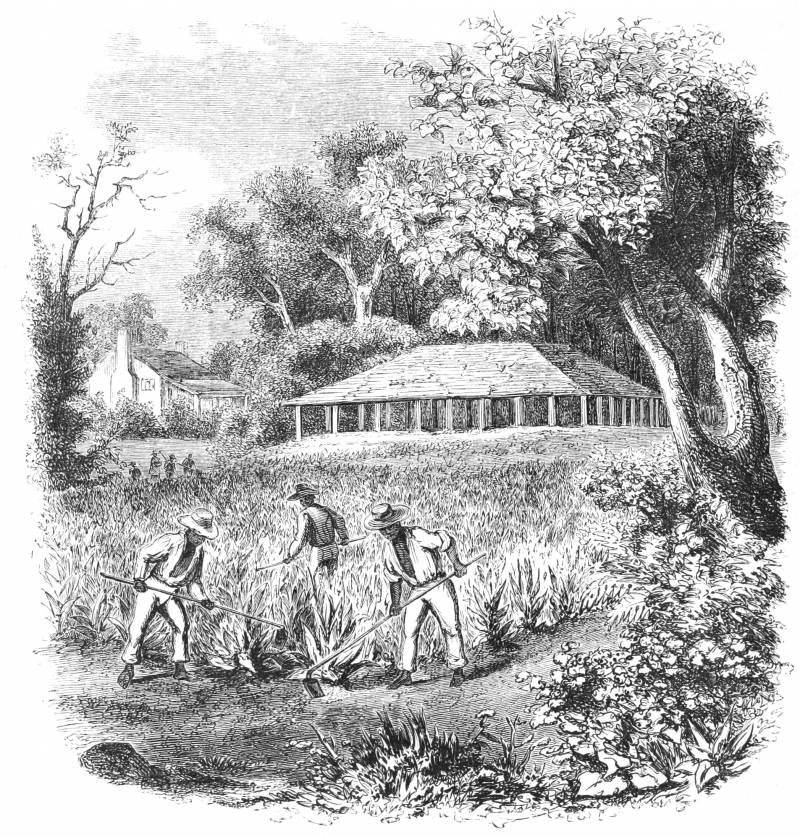
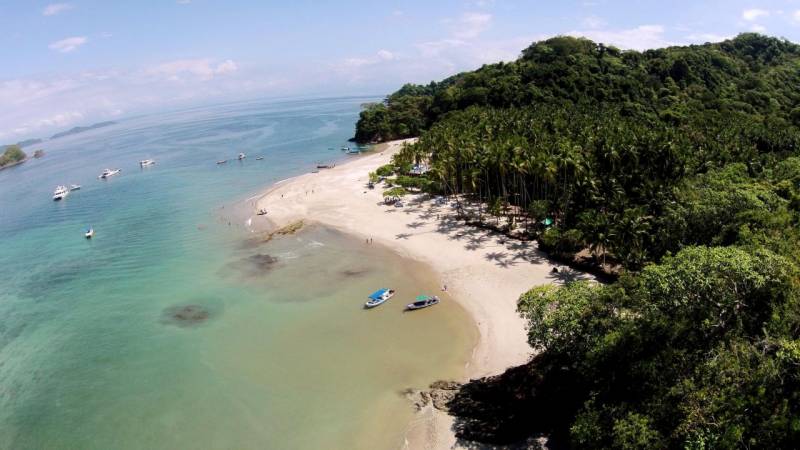
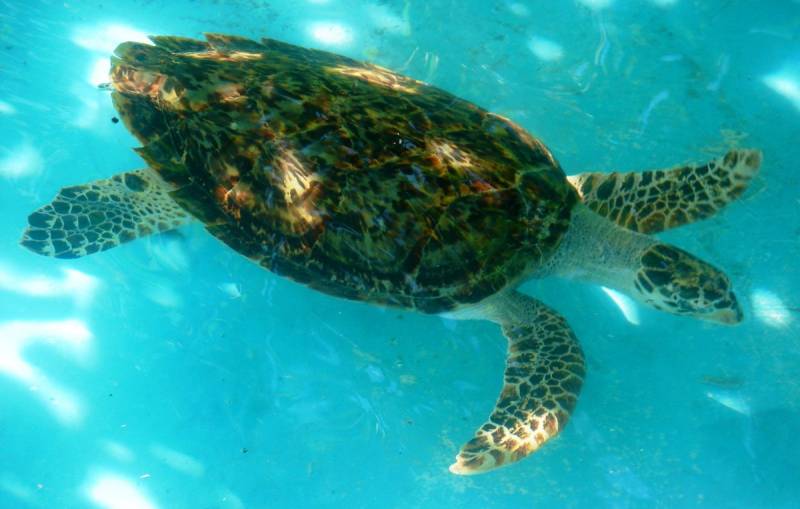

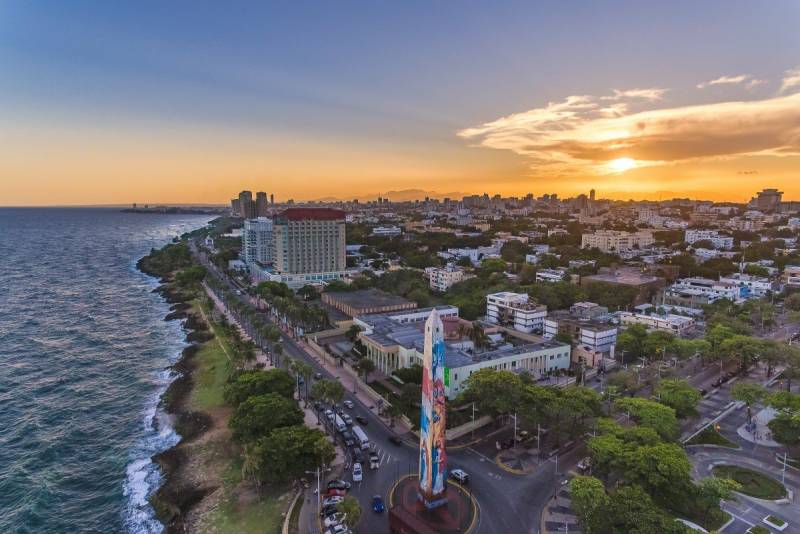
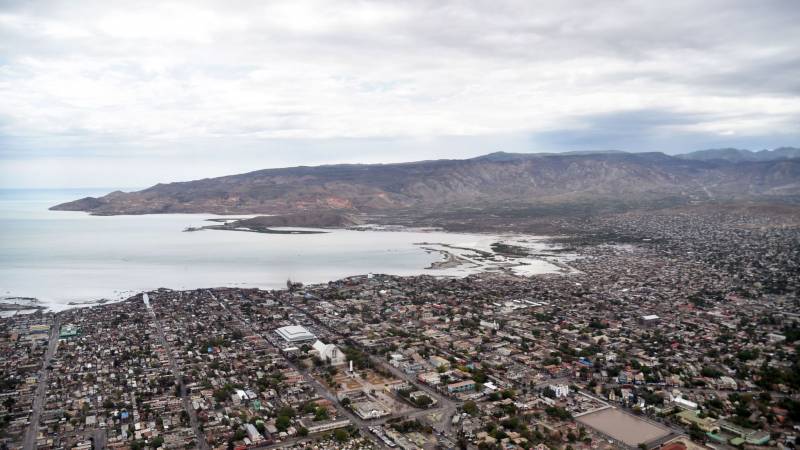
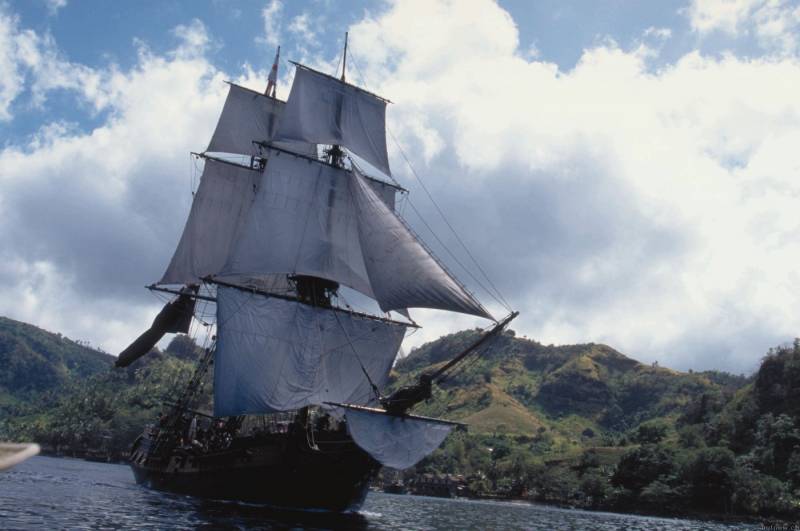
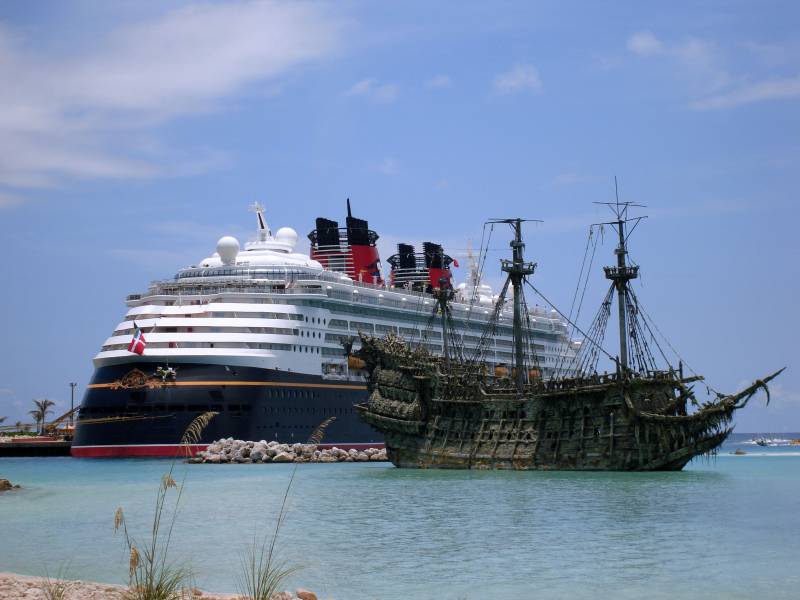
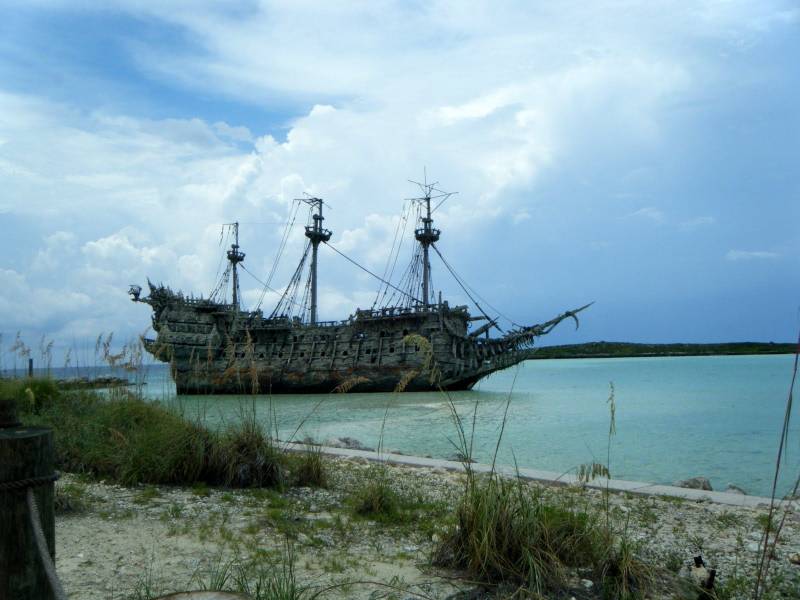
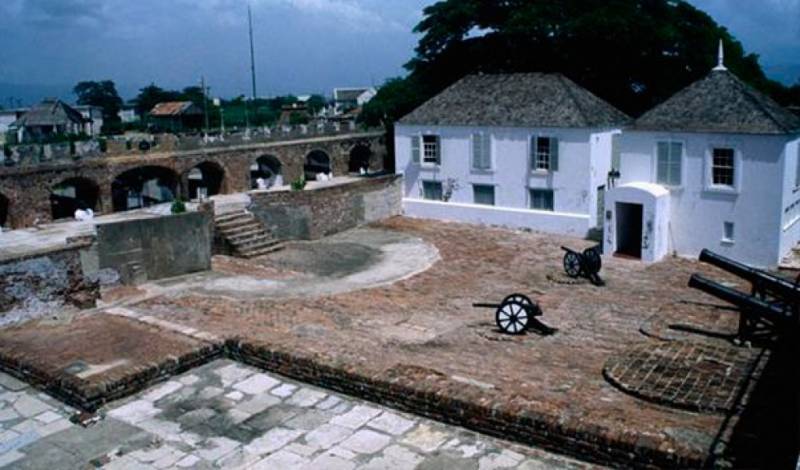
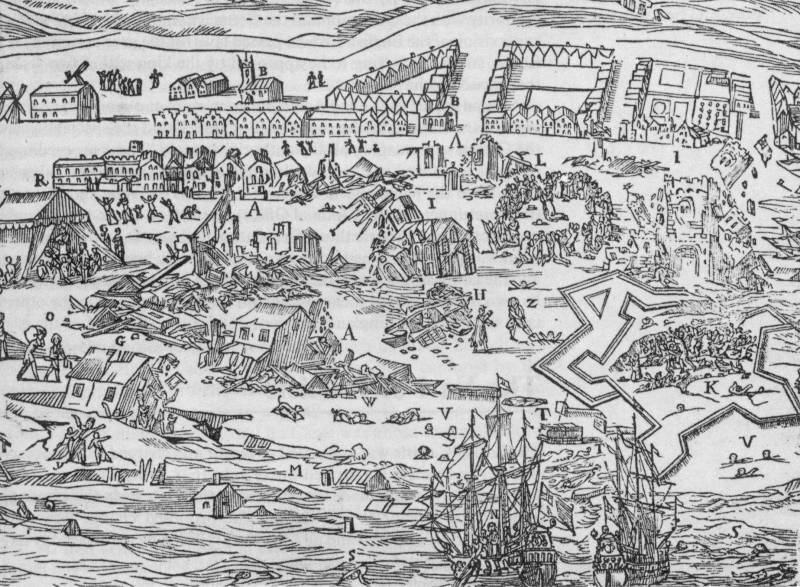
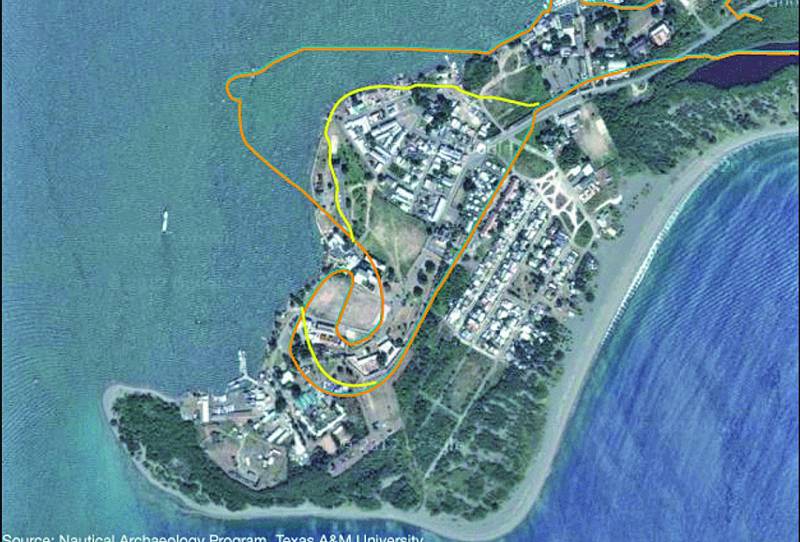
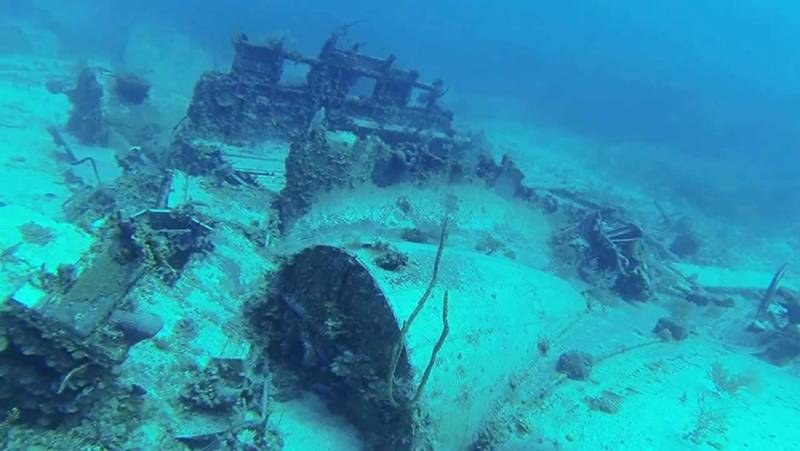
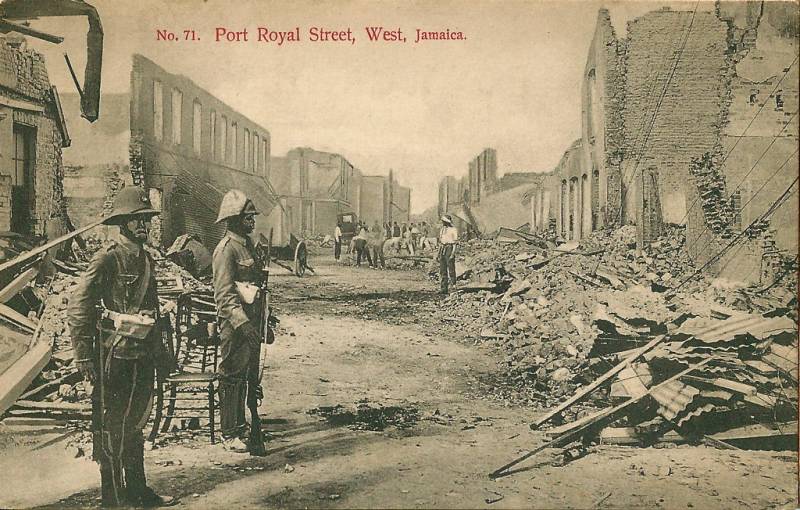
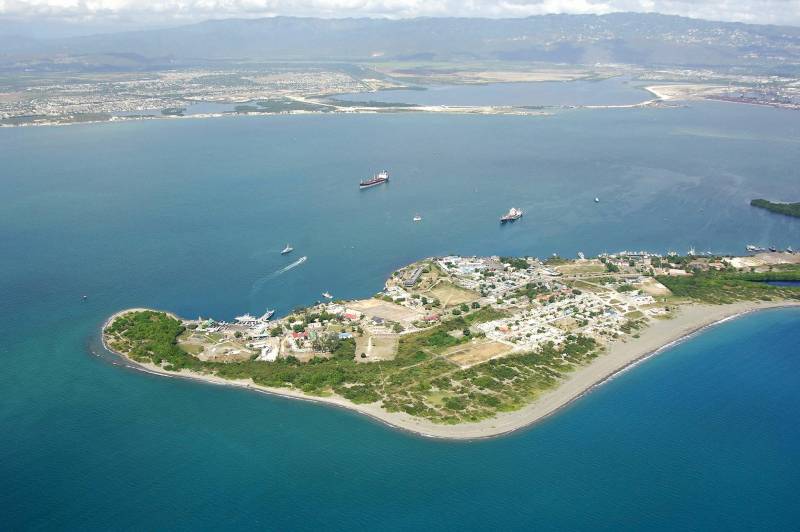
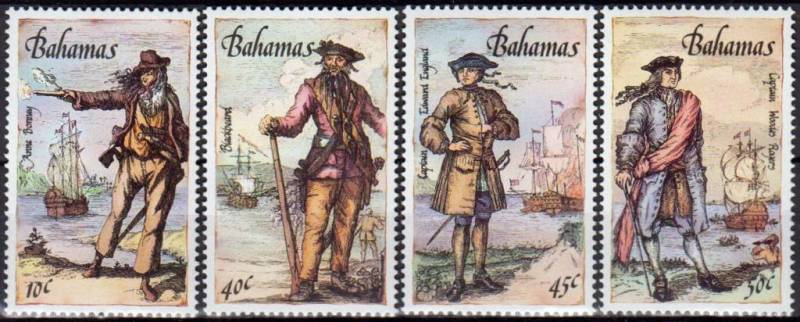
Information